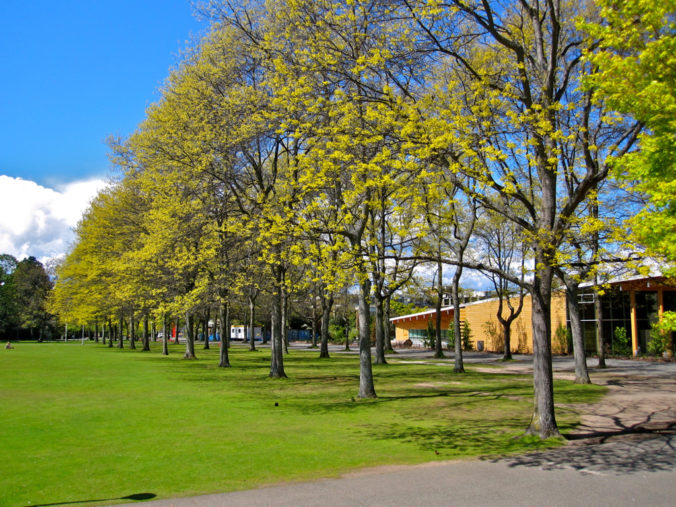The video I found and found to be really good for our topic of coding is called “Learn To Code Like a GENIUS and Not Waste Time”. Now while the video doesn’t exactly show you how to code and teach you all the syntax and what not. It dives deeply into the mindset needed in order to start coding and excel at coding. The kind of video developed well not just for beginners but also those with some experience. Making it a perfect video for teaching not what coding is, but what it’s about.
The video makes the students respond to the video not with answers to questions but rather with reflection. In the video it’s explained that there’s no point in spending time on trying to memorize or learn everything, from every command, to the structure. Rather to spend time on actual practice. Now how this becomes more so a topic of reflection is that many students may be more used to figuring out the concept deeply and have a solid concrete idea, which although is great, when coming into practice, coding has many things which are not simply memorized. It requires experimenting, working around core concepts. So this pushes the answer of what a beginner should do, which is to go experiment.
The activity that can be suggested after this video is the Sprite Labs on Code.org that we have set up, since the video leaned more so the mentality of coding, and teaching how practice oriented learning will be what makes a successful coder. This would make them put this learning theory into practice with sprite labs and use the mentality that was taught.
The feedback in the sprite labs activity comes from the trial and error process of trying to navigate the sprite through the obstacle. With each error given, it tells the learner something in the code may not be correct, which results in them debugging their code creating better understanding of programming.
The code.org sprite lab activity can easily be scaled as its more of an individual component where one works through constant experimentation until they not only succeed but also grow their logical thinking skills. The work is definitely manageable since it is self paced, the student starts teaching themselves as a result of the trial and error process.

Recent Comments